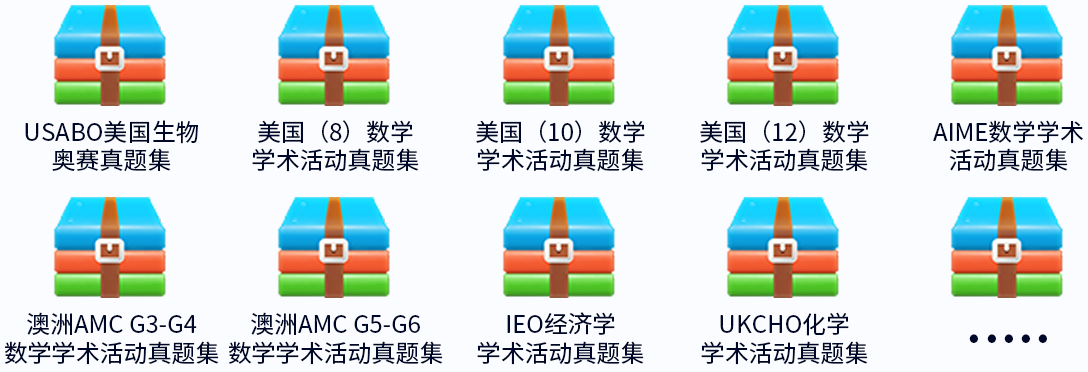The Spring Festival (Chinese Lunar New Year) epitomizes traditional Chinese culture. During this important holiday, Chinese people send each other blessings, visit family and friends, and feast. At YK Pao School, we have our own Spring Festival tradition: Our students celebrate the festival and deepen their understanding of traditional Chinese culture through a series of unique activities.
Primary School Campus
This year, for the first time ever, the Primary School teamed up with Handicraft Street and the Public Art Coordination Center for one-day Chinese cultural handicraft workshops tailored for Years 1-5 students.
“Passing on traditions of Chinese culture" is one of our three missions and a unique character of Pao School. We hope that our students will be confident in their own culture and have a sense of national identity. For our Chinese students, fostering an international perspective should be founded on the development of Chinese language skills and the love of Chinese culture. In China, a fundamental part of education involves learning about intangible cultural heritage. At Pao School, we seek to instil in our students a rich understanding of traditional Chinese culture, especially China's intangible cultural heritage. At the same time, we focus on developing students’ hands-on, teamwork and creative thinking skills.
——Crick Chen,
Primary Deputy Principal
The handicraft course consists of 18 different projects:
|
Y1 |
Dyeing with plants, Paper quilling,Fridge magnets, Chinese herbal Scents |
|
Y2 |
3D shadow play, Wood shavings,Mosaic glass, Ultralight modelling clay |
|
Y3 |
Zentangle art, Palm fibre weaving,Stone rubbing, Cloth flower making |
|
Y4 |
Chinese knitting, Rubber stamps, Woodwork |
|
Y5 |
Bamboo engraving, Felt brooches,Eco-friendly tie-dye bags |
Dyeing with plants
Dyeing with plants is the most natural way to add colour to fabrics and fibres and the most environmentally friendly; it is totally unlike using a chemical dye. The colours produced are completely natural, being sourced from flowers, grass, stems, leaves, etc. One of the parts about dyeing with plants is that anyone can do it. You don't need to be a professional. Just use your eyes, your hands and your good sense.
Wood shavings
Wood shavings are long strips of wood that are produced when processing wood products. In ancient times, Chinese women used wood shavings to make hair care products. Wood shavings are different colours, depending on the type of tree they are sourced from. In this handicraft project, we used a variety of different wood shavings to create some beautiful works that show our students' creativity.
Stone rubbing
To make a rubbing, a sheet of paper is laid on the inscribed surface dry, then brushed with rice or wheat-based paste before being tamped. Since the black ink does not touch the parts of the paper that are pressed into the inscription, the process produces white characters on a black background.*
* Website of East Asian Library, UC Berkeley
Zentangle art
In China, the art of rope knotting has a rich history. To begin, the pronunciation of the Chinese character for "rope" (sheng) sounds the same as the one for "god." Interesting, right? Meanwhile, according to a famous Chinese legend, Nv Wa (a goddess in Chinese mythology)put a rope in the mud. She then lifted the rope up, and when the mud fell off the rope and onto the ground, it turned into a human being. Through the ages, ropes have been intricately woven into the fabric of Chinese culture. Knotting has become one of China's most refined handicraft arts, with many different types of knots signifying different concepts. For example, the flat knot, which is very common, stands for "peace and security."
Bamboo engraving
Chinese bamboo books, or bamboo slips, were the main media for writing documents in China prior to the introduction of paper. Written documents from the Warring States Period to the Wei and Jin Dynasties are narrow bamboo pieces that have been cut. The long, narrow strips of wood or bamboo typically carry a single column of brush-written text each, with space for several tens of visually complex ancient Chinese characters.* Scholars love the aesthetic refinement of bamboo slips and their distinctly Chinese qualities.
* Wikipedia
Middle School Campus
At the Middle School, students engaged in a wide variety of student activities incorporating elements of traditional Chinese culture, such as solving riddles, dough modelling, Chinese weaving, writing couplets, making traditional Chinese fans and face painting.
The students used their extracurricular activity time to carefully rehearse and prepare a series of splendid performances showcasing Chinese culture, including a dragon dance, guqin and pipa (traditional Chinese instruments) performances, taiji, a tea ceremony "Crosstalk- Growing Pains" (crosstalk is a traditional Chinese comedic performing art) and the parent choir performed the "The Waltz of Youth." In addition, parents volunteer of the Chinese Culture Committee of the Middle School campus invited external clubs to perform professional dragon and lion dances as well as Kun Opera.
High School Campus
The High School celebrated “Chinese Culture Week” from Jan. 28th to Feb. 1st. There were many highlights during the week, including the performance of guqin music and Han Dynasty Clothing Exhibit. Students also made rice dumplings. In celebration of the Lantern Festival, Year 10 students and teachers constructed elaborate lanterns and wrote riddles on them, illustrating the great wisdom of the Chinese language. In the library, we had a student calligraphy show demonstrating the beauty of Chinese characters.
On the last day of Chinese Culture Week, student government organized a festive fair featuring many Chinese traditional games: among them face painting, calligraphy, ring tossing, paper cutting.
In our regular CCA sessions, we try our hands on clothes and hairpins to learn more about traditional Chinese culture. We aim to grow confidence in Chinese culture as well as promote cross-cultural understanding among our foreign teachers.
——Felicia,
Chair of thetraditional clothing club










